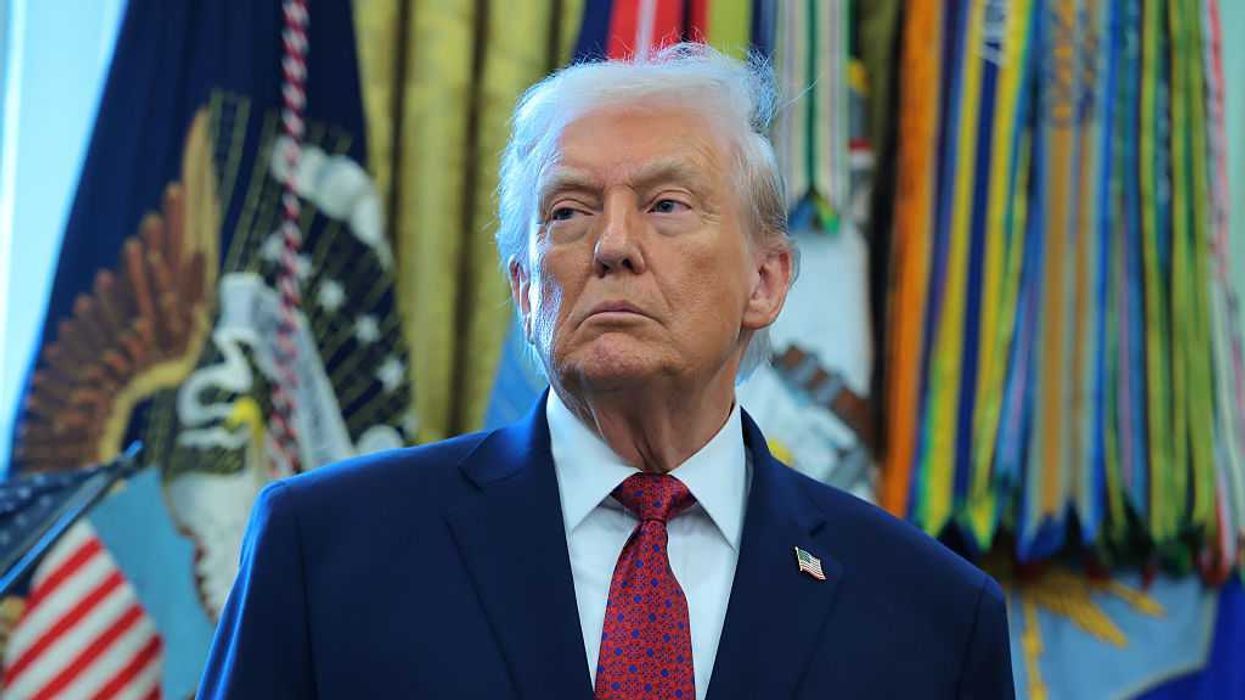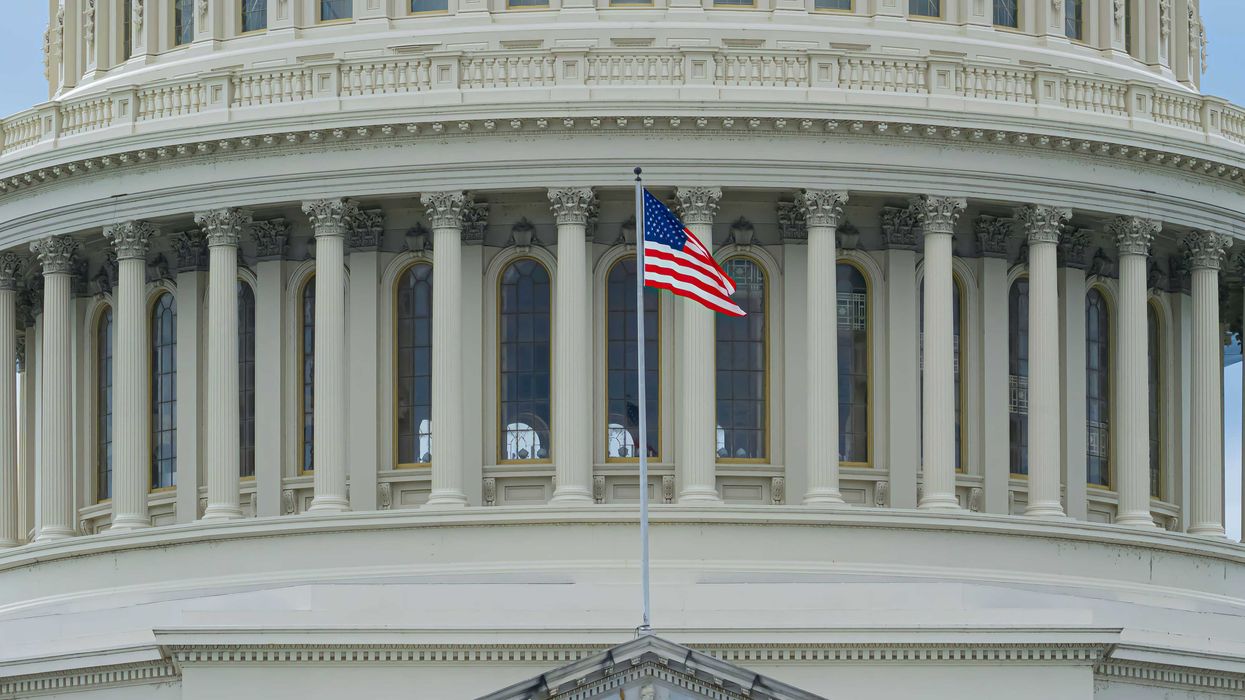In an era of rising polarization and performative politics, few institutions remain as consequential and as poorly understood by citizens as the Federal Reserve.
While headlines swirl around inflation, interest rates, and stock market reactions, the deeper story is often missed: the Fed’s independence is not just a technical matter of monetary policy. It’s a democratic safeguard.
That’s the premise behind the Sept. 25 episode of The Unity Forum, a cross-partisan webinar series hosted by Chris Malone to elevate civil dialogue and challenge assumptions on the most pressing issues of our time.
Chris is co-author of the award-winning book, The Human Brand, and a founder of Alumni For Freedom & Democracy, a network of individuals committed to preserving the essential freedoms that sustain an open society—freedom of thought, civil dialogue, democratic principles, and economic opportunity.
The guest speaker for the webinar is Dr. Pat Harker, whose career spans the highest levels of academia, government, and finance, including a decade as President of the Federal Reserve Bank of Philadelphia and current leadership roles at the Wharton School and Penn Washington.
Dr. Harker recently authored a provocative op-ed in The Wall Street Journal titled “Public Ignorance and Fed Independence,” arguing that cynicism about the Fed stems not from its actions but from widespread misunderstanding of its legal boundaries and economic role. He warns that political interference—whether through executive threats or legislative overreach—risks destabilizing the very mechanisms that protect long-term economic health.
The conversation will explore:
- Whether recent Federal Open Market Committee decisions reflect data-driven independence or creeping political pressure.
- What the Fed does and what it is legally prohibited from doing.
- How the judiciary, Congress, and public opinion serve as backstops against interference.
- The implications of budget deficits, Social Security reform, and demographic shifts on monetary policy.
- What universities must do to prepare the next generation of economists for the complex realities of central banking.
Dr. Harker’s insights are especially timely given recent attempts to dismiss Fed leadership, a move that echoes historical tensions but may signal a new level of partisan intrusion. As he puts it, “The Fed’s independence is not a luxury—it’s a necessity.”
For those interested in diving deeper into this critical issue, join the live webinar or receive a recording of The Unity Forum, featuring Dr. Harker.
The event will be held on Zoom on Thursday, Sept. 25, at 1:00 p.m. ET, with an audience Q&A near the end of the program. All registered participants will receive a link to the discussion recording, allowing them to listen at their convenience.
Webinar Registration: https://us06web.zoom.us/webinar/register/WN_995jr6iBSYmwEIpb_Zhmxg
In an era when economic policy is often reduced to market performance and partisan soundbites, we need more spaces for reasoned discourse. That’s what The Unity Forum aims to provide.
David Nevins is publisher of The Fulcrum and co-founder and board chairman of the Bridge Alliance Education Fund.




















